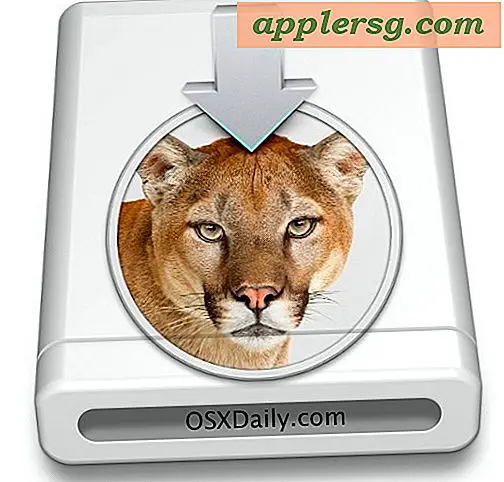

- MAKE BOOTABLE USB FOR OS X INSTALL
- MAKE BOOTABLE USB FOR OS X PASSWORD
- MAKE BOOTABLE USB FOR OS X ISO
Plug the bootable installer into a Mac that’s connected to the internet and is compatible with the macOS version you’re installing. The steps are different, depending on whether you're using an Intel-based Mac or one with Apple silicon.
MAKE BOOTABLE USB FOR OS X INSTALL
It's now time to use the bootable installer to install a fresh copy of macOS. You've now successfully created a bootable installer that you can use to install macOS on other machines. If asked, click 'OK' to allow the copying of files to proceed. Type 'Y' to confirm that you want to erase the volume, then press 'Return'.
MAKE BOOTABLE USB FOR OS X PASSWORD
Type your administrator password when prompted, then press 'Return' again. Continue with TerminalĪfter pasting the command above, hit the 'Return' key. Change the name in the command to match your settings, if necessary.įor macOS Big Sur, copy and paste the following into Terminal: sudo /Applications/Install\ macOS\ Big\ Sur.app/Contents/Resources/createinstallmedia -volume /Volumes/MyVolumeįor macOS Catalina: sudo /Applications/Install\ macOS\ Catalina.app/Contents/Resources/createinstallmedia -volume /Volumes/MyVolumeįor macOS Mojave: sudo /Applications/Install\ macOS\ Mojave.app/Contents/Resources/createinstallmedia -volume /Volumes/MyVolumeįor macOS High Sierra: sudo /Applications/Install\ macOS\ High\ Sierra.app/Contents/Resources/createinstallmedia -volume /Volumes/MyVolumeįor OS X El Capitan: sudo /Applications/Install\ OS\ X\ El\ Capitan.app/Contents/Resources/createinstallmedia -volume /Volumes/MyVolume -applicationpath /Applications/Install\ OS\ X\ El\ Capitan.app 3. With each command, it's assumed the installer is located in your 'Applications' folder and 'MyVolume' is the name of the USB flash drive. The command differs, depending on the macOS version you're going to install. In the next step, you'll enter a command in Terminal.

Choose 'Finder' then select 'Go' from the menu bar. Connect the USB flash drive to the computer you wish to install macOS. If you have Homebrew or MacPorts, you can get a progress bar by installing the "pv" command and using that instead of "cat".Once you have your bootable installer ready, it's time to move to the next step. No progress is shown while writing this way. You will be prompted for the administrator's password. r is for raw disk, as writing to /dev/rdisk2 is much faster than writing to /dev/disk2. dev/rdiskN is the same disk you have found previously, with an r in front. # sudo sh -c "cat /path/to/downloaded.iso > /dev/rdiskN" Where /dev/diskN is the one you have found in previous step as per our example it would be "/dev/disk2". In this case "/dev/disk2" is the one we want. Then note the corresponding /dev/diskN, where "N" is for index of your disk. This will print out the list of currently mapped devices/partitions. Plug-in your USB stick and find what "/dev/diskN" it is mapped to by opening Terminal (where "N" stands for "disk0", "disk1", "disk2" etc). It now contains a bootable openSUSE installation media.
MAKE BOOTABLE USB FOR OS X ISO
The process of burning can last from 1 to up to 30 minutes depending on your drive and on the iso file. The drive can be reformatted and used as a normal drive again after the setup is finished. Warning: All data on the drive will be destroyed.


 0 kommentar(er)
0 kommentar(er)
